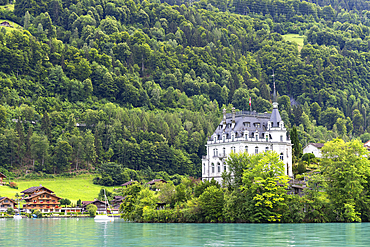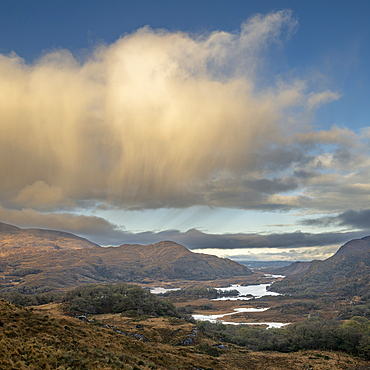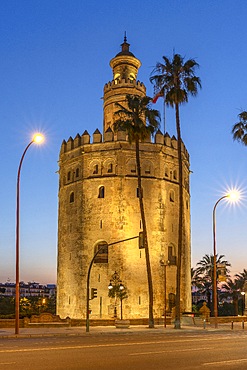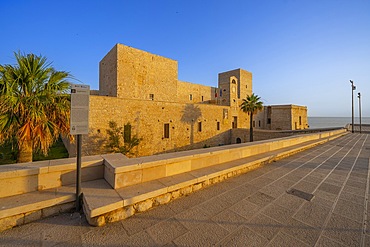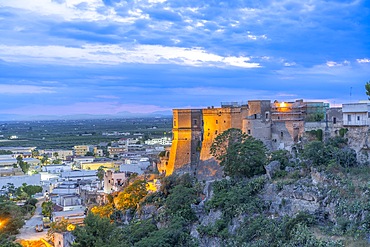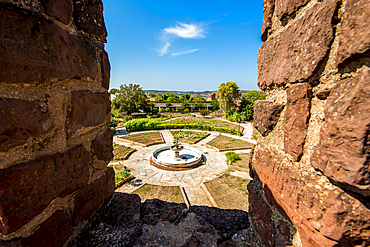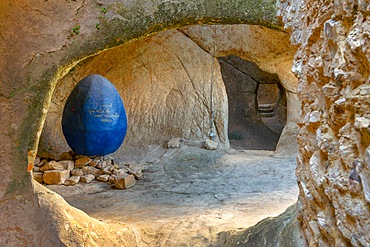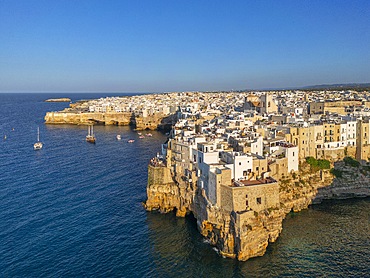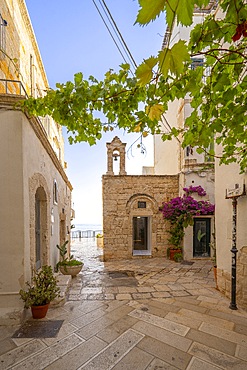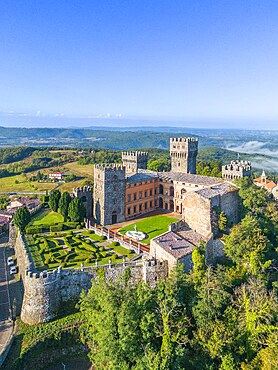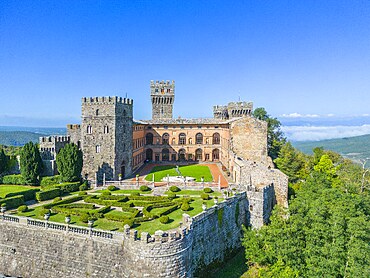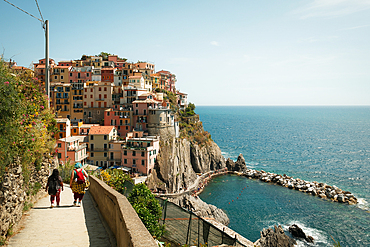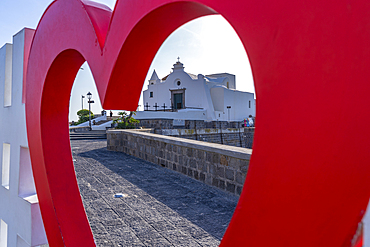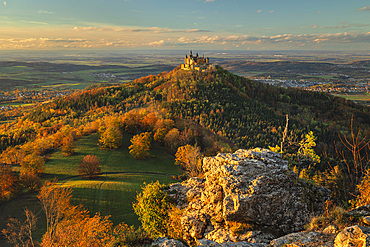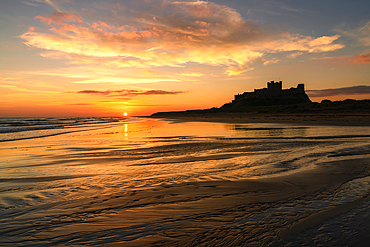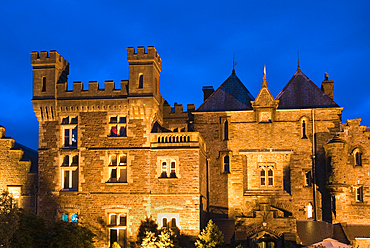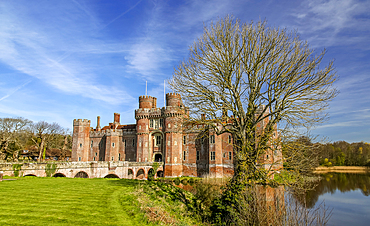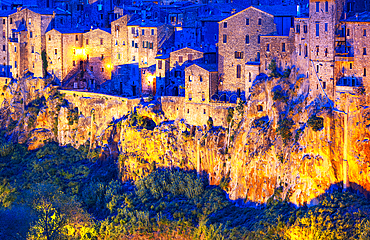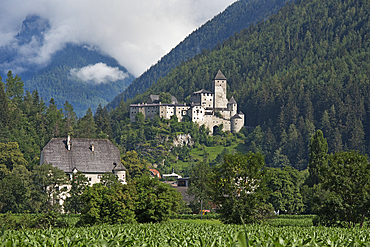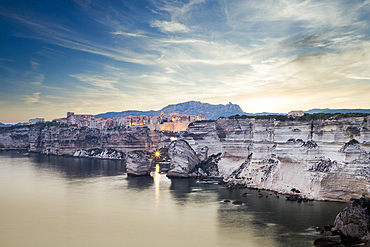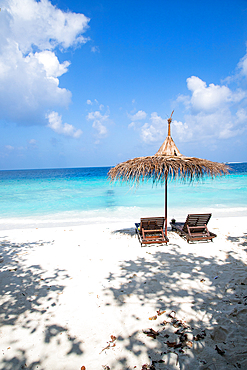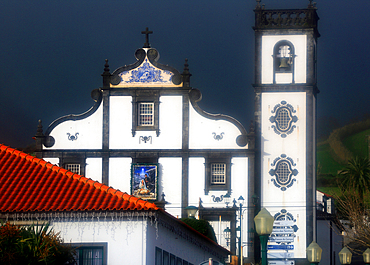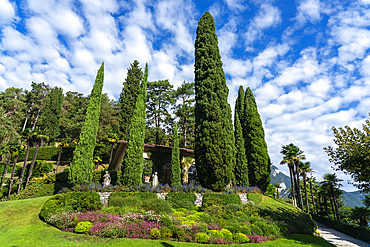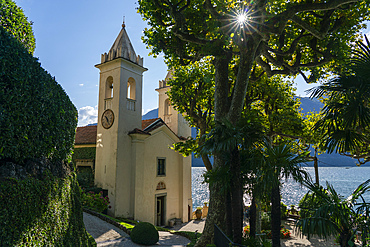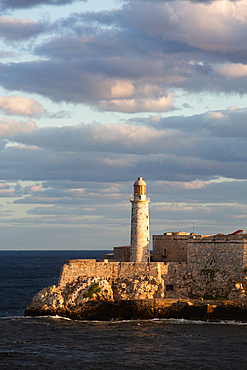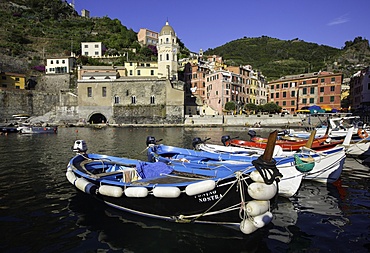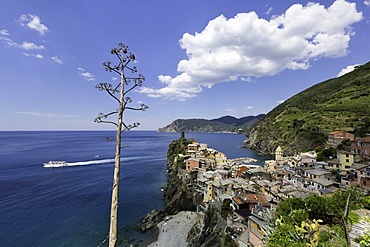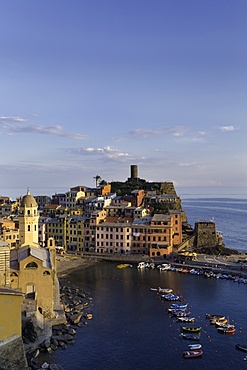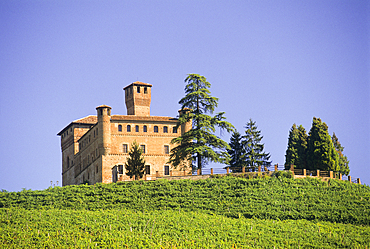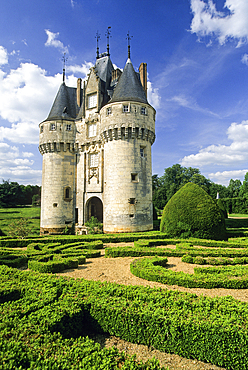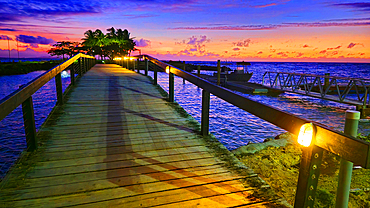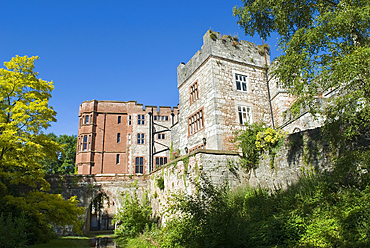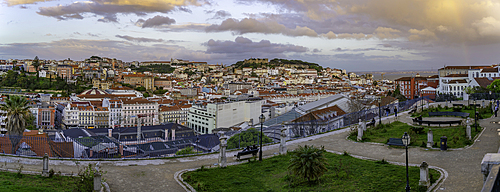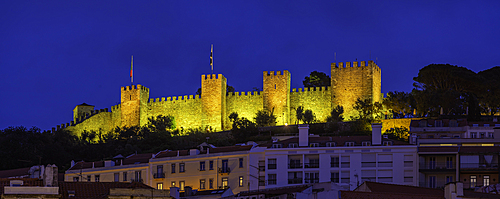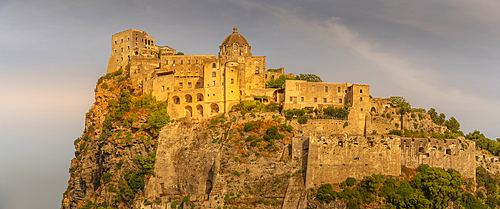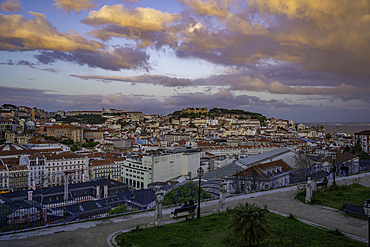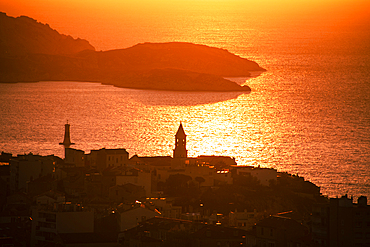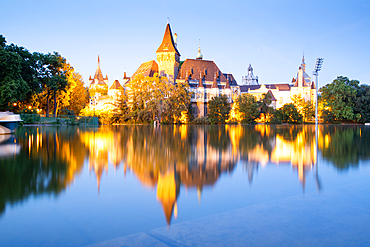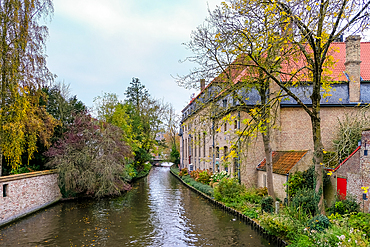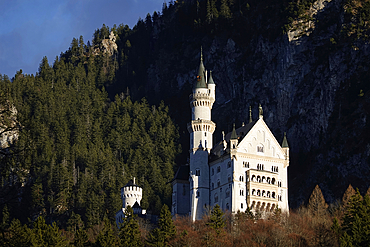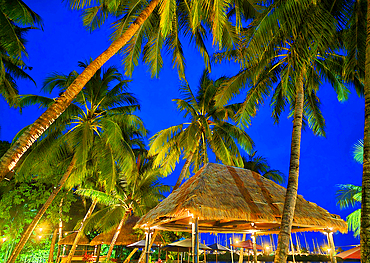Results
1 2 Next »
108 results found
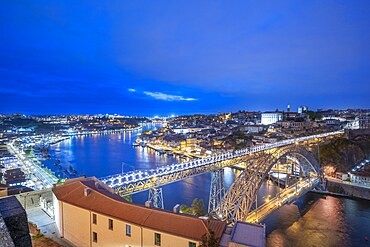
Maria Pia Bridge (Ponte de D. Maria Pia) (Ponte de Dona Maria Pia), River Douro, Vila Nova de Gaia, Porto, Oporto, Norte, Portugal, Europe

Maria Pia Bridge (Ponte de D. Maria Pia) (Ponte de Dona Maria Pia), River Douro, Vila Nova de Gaia, Porto (Oporto), Norte, Portugal, Europe

View from Mirador de San Nicolas to The Alhambra, UNESCO, Mudejar architecture, Granada, Andalusia, Spain
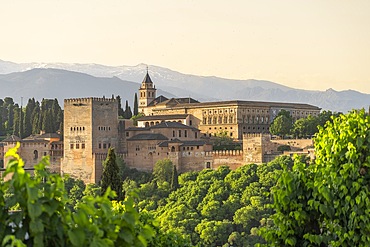
Mirador de San Nicolas, Islamic and Mudejar architecture, Alhambra, UNESCO, Granada, Andalusia, Spain

Castle of the Bishops of Siguenza (the Parador of Siguenza), Siguenza, Guadalajara, Castile la Mancha, Spain, Europe

Castello Donna Fugata, Ragusa, Val di Noto, UNESCO World Heritage Site, Sicily, Italy, Mediterranean, Europe
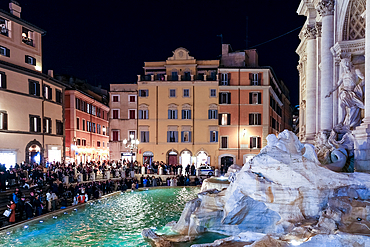
Detail of the Trevi Fountain, an 18th-century fountain, the largest Baroque fountain in the city, UNESCO World Heritage Site, Trevi District, Rome, Lazio, Italy, Europe
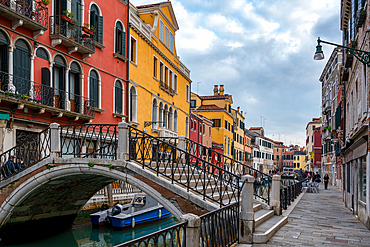
Venice street with colorful houses and a bridge over the canal with boats, Venice, UNESCO World Heritage Site, Veneto, Italy, Europe

The leaning tower of San Giorgio dei Greci, Castello district, Venice, UNESCO World Heritage Site, Veneto, Italy, Europe
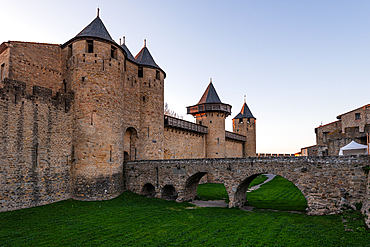
Evening light on the medieval towers and arched stone bridge of Chateau Comtal in the fortified Cite de Carcassonne, Aude, France
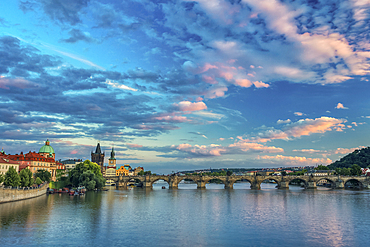
Charles Bridge, OId Town Bridge Tower and dome of St. Francis of Assisi Church by Vltava River at sunset, UNESCO World Heritage Site, Prague, Czech Republic (Czechia), Europe
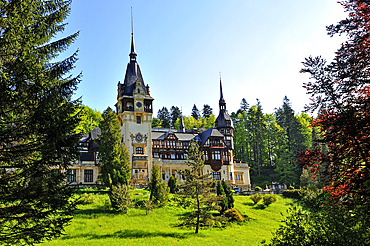
Peles Castle in the Carpathian Mountains near the mountain resort of Sinaia, Wallachia region, Romania

Peles Castle in the Carpathian Mountains near the mountain resort of Sinaia, Wallachia region, Romania
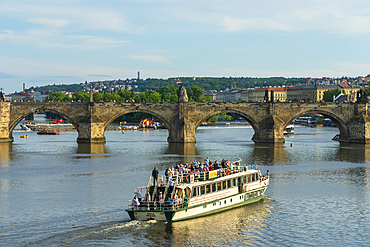
Tourist boat going towards Charles Bridge, UNESCO World Heritage Site, Prague, Bohemia, Czech Republic (Czechia), Europe
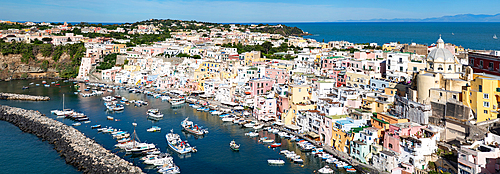
Panoramic view of town, colourful houses and sea, Corricella, Procida island, Phlegraean Islands, Bay of Naples, Campania, Italy
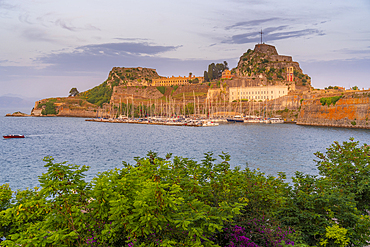
View of Old Fortress of Corfu during golden hour, UNESCO World Heritage Site, Corfu Town, Corfu, Ionian Sea, Greek Islands, Greece, Europe
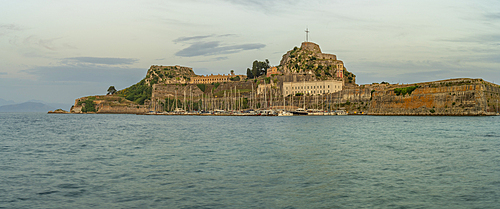
View of Old Fortress of Corfu at dusk, UNESCO World Heritage Site, Corfu Town, Corfu, Ionian Sea, Greek Islands, Greece, Europe
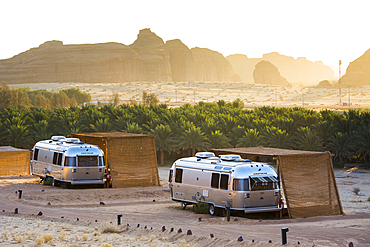
Airstreams Caravans by Our Habitas, Luxury glamping located in Ashar Valley, near Alula, Medina Province, Saudi Arabia

St. Pauls Pro-Cathedral and The Basilica of Our Lady of Mount Carmel, Marsamxett Harbour, Valletta, Malta
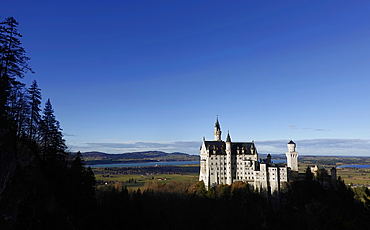
Neuschwanstein Castle, Southern Bavaria. This 19th-century historicist palace is built on a rugged hill of the foothills of the Alps in the very south of Germany and is a UNESCO World Heritage site.
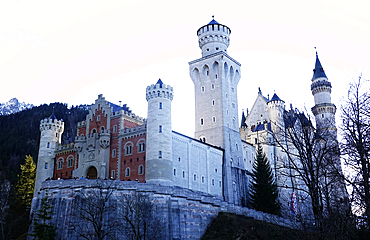
Neuschwanstein Castle, Southern Bavaria. This 19th-century historicist palace is built on a rugged hill of the foothills of the Alps in the very south of Germany and is a UNESCO World Heritage site.
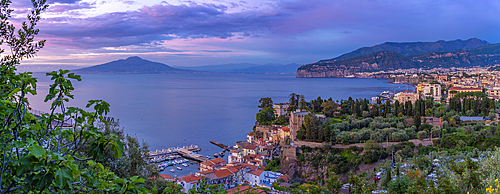
Panoramic view of Sorrento, Mount Vesuvius and Bay of Naples, Sorrento, Campania, Italy, Mediterranean, Europe

Town hall of the seaside town of Menton, Alpes Maritimes, Provence-Alpes-Cote d'Azur, French Riviera, France, Europe

Neuschwanstein historic fairytale castle on the mountain with trees all around, Schwangau, Bavaria, Germany, Europe
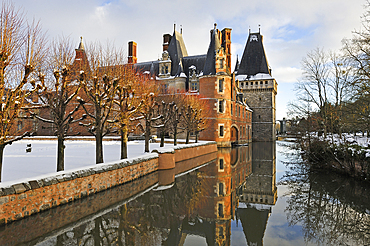
Chateau de Maintenon in the snow, department of Eure-et-Loir, Centre-Val-de-Loire region, France, Europe
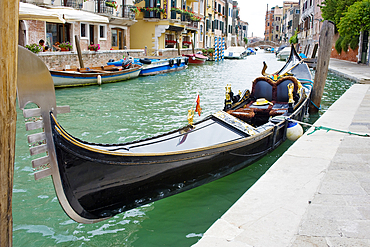
A solitary gondola moored along the Fondamenta Rezzonico, Venice, UNESCO World Heritage Site, Veneto, Italy, Europe
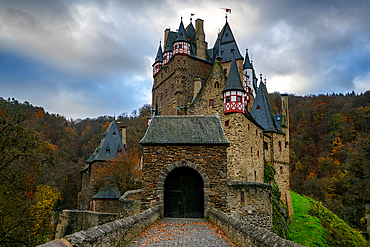
Eltz medieval historic castle in an autumn landscape with trees at sunrise, Wierschem, Rhineland-Palatinate, Germany, Europe
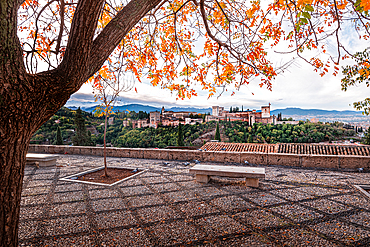
Mirador San Nicolas with orange autumn foliage in front of The Alhambra, Granada, Andalusia, Spain, Europe
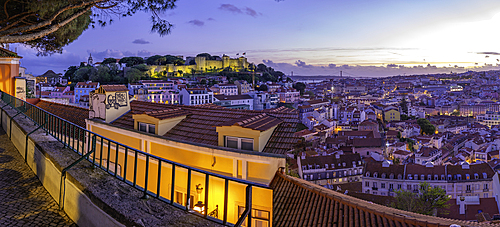
Panoramic view of Lisbon Castle from Miradouro da Senhora do Monte scenic point at dusk in the Alfama District, Lisbon, Portugal, Europe
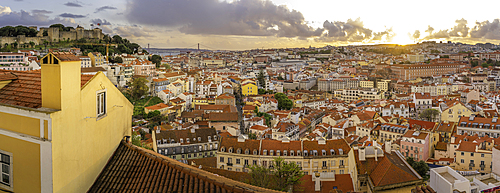
Panoramic view of Lisbon Castle from Miradouro da Senhora do Monte scenic point at sunset in the Alfama District, Lisbon, Portugal, Europe
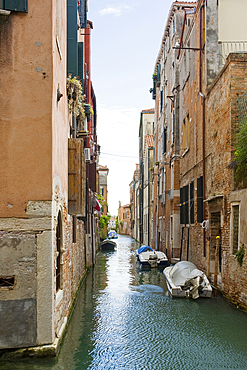
A tiny section of the city's maze of canals and narrow waterways, Venice, UNESCO World Heritage Site, Veneto, Italy, Europe
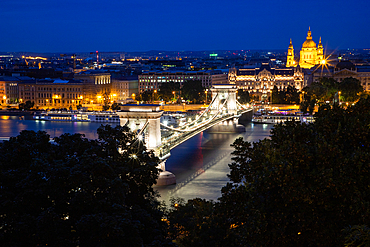
Budapest in the evening, with Parliament and Chain Bridge over the River Danube, UNESCO, Budapest, Hungary
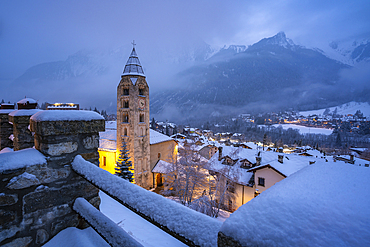
Church of Saint Pantalon, snow covered town centre and mountainous background in winter at dusk, Courmayeur, Aosta Valley, Italian Alps, Italy
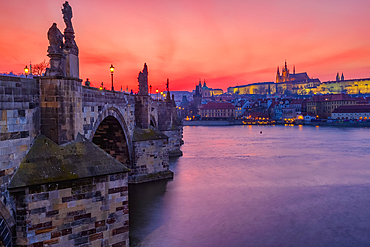
Charles Bridge and Prague Castle at sunset, UNESCO World Heritage Site, Old Town, Prague, Czech Republic (Czechia), Europe
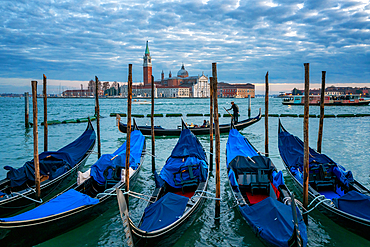
Gondolier paddling a gondola with San Giorgio Maggiore island and Basilica in the background at sunset, Venice, UNESCO World Heritage Site, Veneto, Italy, Europe
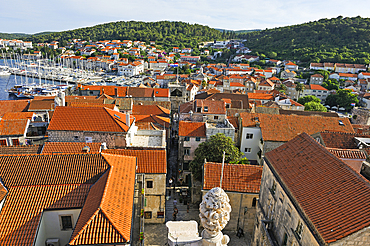
Korcula old town seen from the bell tower of the St. Mark's Cathedral, Korcula island, Croatia, Southeast Europe
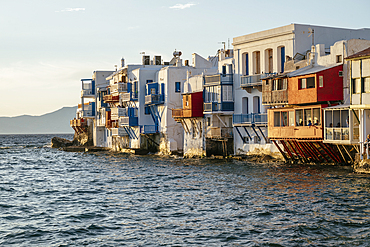
Little Venice at sunset, Chora (Mykonos Town), Mykonos Island, Cyclades, Greek Islands, Greece, Europe
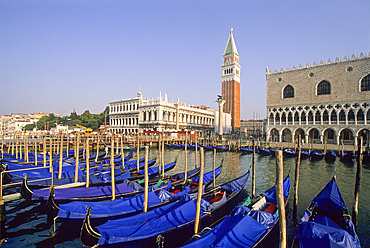
Gondolas moored at Riva degli Schiavoni with the Doges Palace and Campanile of San Marco background, Venice, UNESCO World Heritage Site, Veneto region, Italy, Europe
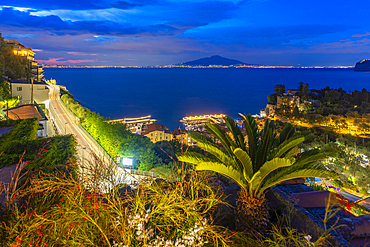
Elevated view of Mount Vesuvius and Sorrento at dusk, Sorrento, Campania, Italy, Mediterranean, Europe

Gondoliers preparing their gondolas for a day's work among the city's maze of canals and narrow waterways, Venice, UNESCO World Heritage Site, Veneto, Italy, Europe
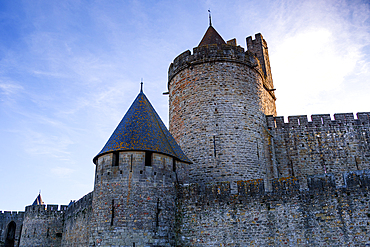
Evening atmosphere in Carcassonne, Languedoc-Roussillon France. Walls, towers and ramparts of the the Cite de Carcassonne which is a UNESCO World Heritage Site.
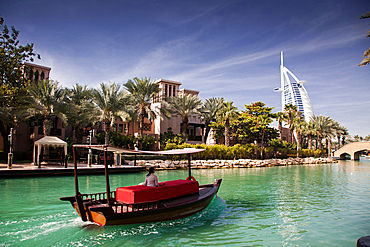
View of Burj Al Arab, the world only seven stars hotel seen from Madinat Jumeirah, Dubai, United Arab Emirates
